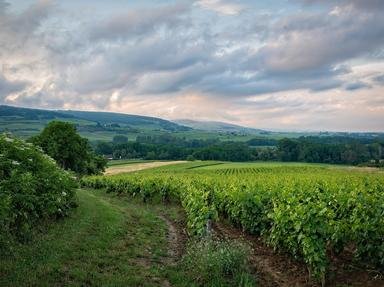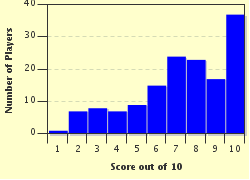Quiz Answer Key and Fun Facts
1. Corsica presents a paradox. While Corsica is a French department, it is in fact closer to many other landmasses. Which of the following is the furthest away from any point of Corsica?
2. In response to the the incredible popularity of the island with tourists, the French have given Corsica a rather pretty nickname. What is it?
3. The landscape of Corsica indicates volcanic origins. Which coastal landmass on the west of the island was once just a clutch of magma?
4. Corsica has such awkward terrain, and residents of the many valleys have often stayed separate for centuries. They met briefly only to trade or argue.
5. The Corsicans set themselves apart from the mainland with their language, Corsu. For example, while a Frenchman would use "Bonjour, comment ça va?" to introduce themselves, a Corsu speaker would much more likely use this phrase?
6. For centuries, Corsica has been home to many settlers and rulers. Which period of rule, however, is thought to have most influenced the language and created the Corsu spoken today?
7. Castagniccia is the area of the island where one is most likely to hear spoken Corsu. Visiting the region, you'll see why the area was so called, named as it is after which feature?
8. Fearing development, the goverment combined the Golfé de Porto and the Scandola peninsula to create the "Parc Naturel Régional de Corse". What makes Scandola really stand out in this area?
9. On the southern tip of Corsica lies Bonifacio, which is thought to be the spot where a legendary Greek moored his ship in the land of Laestryogians. But which man of myth is this?
10. Corsica is best known as the birthplace of a certain diminutive megalomaniac. Which tiny military leader is the subject of this question?
Source: Author
Flynn_17
This quiz was reviewed by FunTrivia editor
Exit10 before going online.
Any errors found in FunTrivia content are routinely corrected through our feedback system.

